Speeches and testimonials
On 10 and 11 June, we celebrated the 20th anniversary of the monastery. Over 140 guests attended. Everything went very smoothly and naturally. The atmosphere was joyful, the hearts peaceful.
We would like to share with you some extracts from the various testimonies and speeches that were given on this occasion, each one adding its own contribution to retracing the history of these past 20 years.
The abbess opened the session by defining the essence of our practice:
[…] In Buddhism, wisdom and compassion are the two wings of the bird, the two aspects of Enlightenment. That’s what we’re trying to practise here. Our meditation practice, zazen, is in itself the practice of Awakening to reality.
We also strive to practise Awakening through all the acts of daily life. It is from this aspiration that Kanshoji has developed over the last twenty years.
[…] Kanshoji has been able to establish itself thanks to donations from our members. Selfless giving is one of the great virtues of Buddhism.
Giving, receiving, exchanging: this is how the universe continually develops. We are part of it. Conforming to the eternal laws of the universe, following the life of the universe, that is the way of the Buddha.
[…] The basis of our Buddhist aspiration is to practise what is good for everyone, to forget ourselves and thus help all existences.
However, as the Rev. Dokan Crépon explains, a monastery can only be established in the long term through genuine transmission:
[…] I feel that Minamisawa Zenji was the support, the underlying force that enabled the temple to be created and to flourish, right up to the direct relationship with Daihonzan Eiheiji.
[…] I believe that the authenticity of temples lies in the fact that they are based on transmission. Those of Minamisawa Zenji, Taiun Roshi and Hosetsu Roshi are the guarantors of this. For the next generation, this is a great opportunity, but also a great challenge.
The nun Yashō describes the way in which the practice and the rules have been established over these 20 years:
[…] We were inspired by the way Master Taisen Deshimaru established the practice within the International Zen Association, to open up Zen practice to as many people as possible. Kanshoji is also dedicated to training monks and nuns. We’ve gone back to the roots, studying the traditional forms in different temples in Japan, introduced by Minamisawa Zenji.
[…] The rules of life were established as and when problems arose – just as Buddha had done in his time. For example, as Kanshoji is a mixed monastery, we have had to adapt the rules to reflect this reality.
[…] Our acculturation effort is not over, and as nothing is set in stone, we will continue to adapt to the changes of our time, without ever altering the essence of our practice.
Then the monk Yushin, in charge of the work at Kanshoji, recalls:
When we arrived at the end of 2002, this place was a holiday camp. Since then, a lot of work has been done to turn it into a real Buddhist monastery, as monk Yushin explains in his testimony:
[…] When we first visited this place, we realised how lucky we were to have found this exceptional place, steeped in history, which had been occupied for several decades by a Christian Jesuit community.
[…] Without wishing to copy the inimitable style of the beautiful Japanese Zen temples, we drew inspiration from the practical aspects of this tradition to fit out the buildings, embellish the exteriors, build a large dojo in 2012 for daily meditation, which is the heart of our practice, and so on.
Ninkai gave up his acting career to become a monk. He is very involved in the practice at the Limoges dojo and in the many activities of the monastery:
[…] Taiun Roshi, the founding abbot of the monastery, often asks us: “Would you rather serve in heaven or be the master in hell?” Indeed, at Kanshoji, there’s not much room for egotism, you don’t get applauded for your talents and there’s no success or victory to be had. And yet, yes, this is a paradise for the mind.
[…] The abbot who founded the monastery, as well as the current abbess, the former monks, the residents and the supporters, all have faith. In Zen, faith is FU-NI, not two. The non-separation of body and spirit, the non-separation of me from others, of us from the universe, of life and death. In the end, faith is confidence in life, the pure joy of existing; it’s what enabled Kanshoji to see the light of day.
Myōen, at the time anorexic and addicted to heroin, spent three years in the monastery. In a particularly moving account, she demonstrates the power of the Buddha’s teaching and the practice that accompanies it:
[…] The three years I spent here were both the most difficult and the happiest of my life. During that time, I made a lot of mistakes. It took a lot of effort to harmonise, but every time I fell down, instead of being rejected, I was encouraged to get up and carry on.
[…] I persisted because of the faith I had in the Abbot, Taiun Roshi, and in his teaching, because of the immensity of that teaching and his insistence on living by the Vow, and because of the sincerity of the practice around me.
[…] Much to the surprise of those who knew me in the UK, I recovered from anorexia in a short space of time, stopped taking medication and began to flourish.
[…] I owe my life to Docho Sama, the Dharma and Kanshoji, and I thank you for giving me the opportunity to express my gratitude today.
All human beings aspire to fraternity. The Sub-Prefect explains that the role of the Republic is to support this deep-rooted aspiration:
[…] Secularism is about otherness, it’s what brings us together, because in our republic, which welcomes all its children into its fold, we know that what distinguishes them is ultimately insignificant compared to what they have in common.
The State also derives this role from the Republican motto, and in particular from the last element of its triptych: fraternity. Fraternity is nourished by secularism. In the face of intolerance and hatred, we can only oppose fraternity.
[…] In these troubled times, I am deeply convinced that the key to our future lies in this fraternity that we share.
Madame Faure, mayor of La Coquille, emphasised the relevance of the Buddha’s teachings for the times to come:
[…] You have created a unique place for meditation and the practice of Sôtô Zen Buddhism.
Today, this site is known and recognised beyond national borders for the quality of its teaching.
[…] Your wish is to encourage genuine communication so that we can meet spirit to spirit. You say that the source of our dissatisfaction and suffering is our own mind. How can we fail to be challenged by this teaching in the face of our society’s growing individualism and its inability to slow down the consumption that is destroying the planet?
[…] I hope that the school of life you have opened up to all those who wish to discover it will continue.
Shoten Minigishi Roshi, head of the Soto Zen School for Europe, places Kanshoji at the heart of Soto Zen Buddhism and the world:
[…] One of my great joys is to have been able to present Kanshoj with the certificate attesting that the monastery has become a branch temple of Eiheiji. The kanji Ei means foreverand the word Hei means peace.. The name means that this is a temple that prays for eternal peace.
[…] The Kanshoji temple, a direct descendant of Eiheiji, is called upon to work in France, and by extension in Europe, to transmit true Buddhism and bring peace to the world from La Coquille.
At the end of the weekend, Taiun Roshi, the founding abbot of Kanshoji, reminded us of the value of right practice:
[…] Human beings aspire to live in accordance with the laws of Nature, from which they receive life at every moment. He aspires to live awake, awake to reality as it is.
[…] When we follow this law of interdependence, the law of the universe, we become peacemakers.
The religions of the Book each say in their own way:Shalom, Salaam alaikumor peace be upon you… But it is always peace itself that is the source of peace in the world.
[…] May we say, as the tragedian Racine wrote: “Yes, I have come to his temple to worship the Eternal…”.
This temple is our body, it is the universe; the Eternal is the profound spirit that animates them.
This Spirit, in its original form, remains beyond all human comprehension. Returning to this original spirit is the religion before religions. This profoundly religious spirit, beyond all systems and schools, concerns all human beings, whether believers or not, and unites us all in peace and friendship.
Here you can see a slideshow of our activities over the past twenty years: https://youtu.be/n0no8-fAZjM .
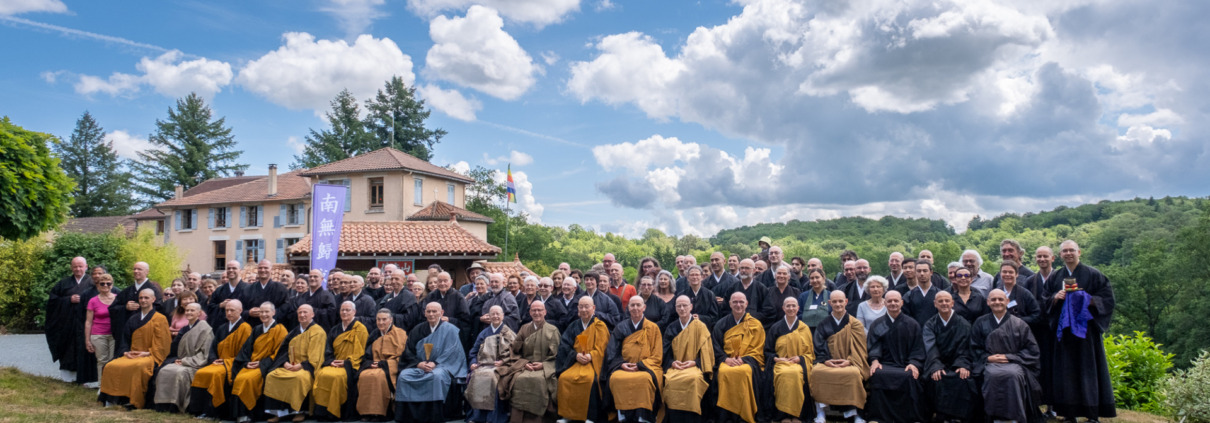
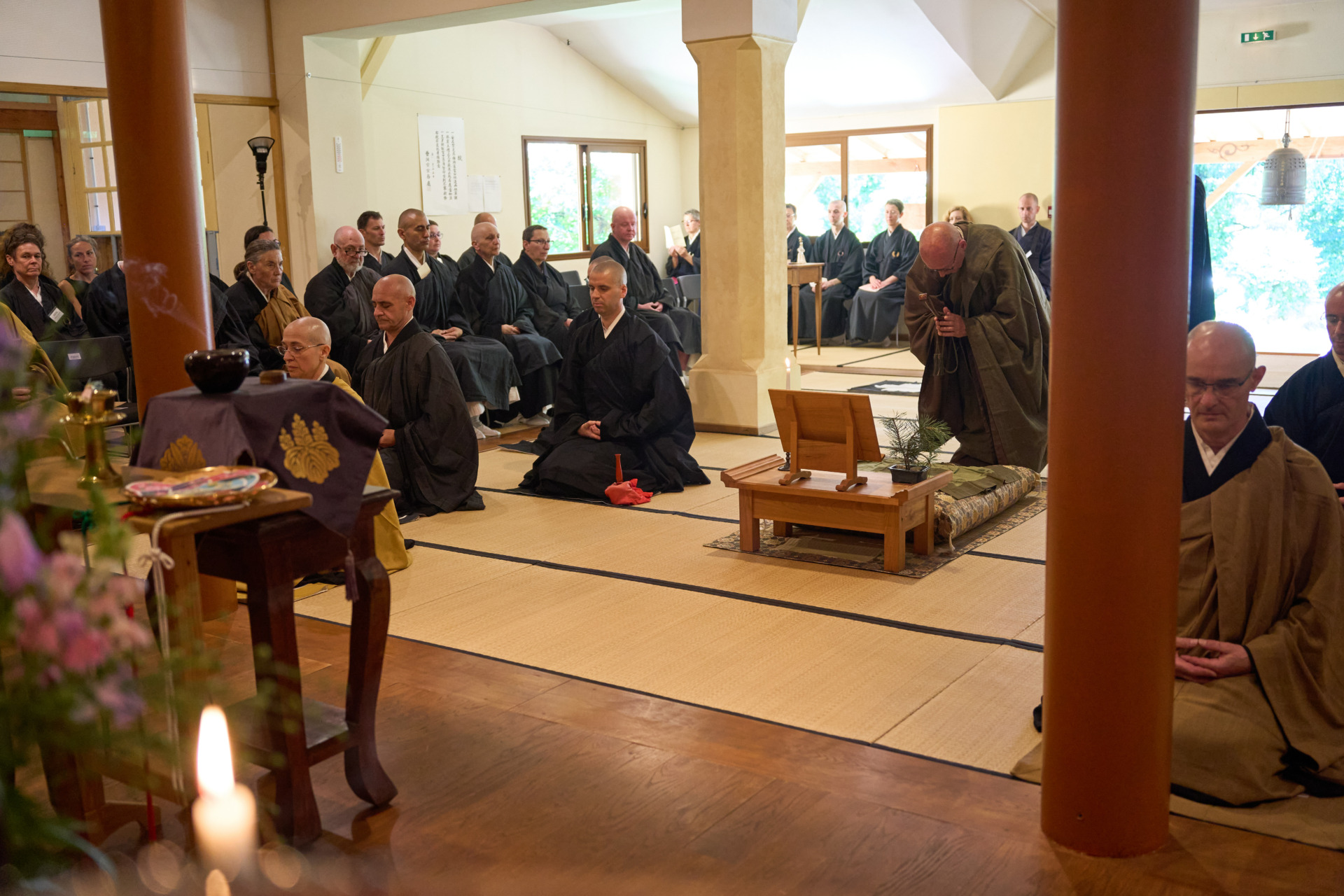
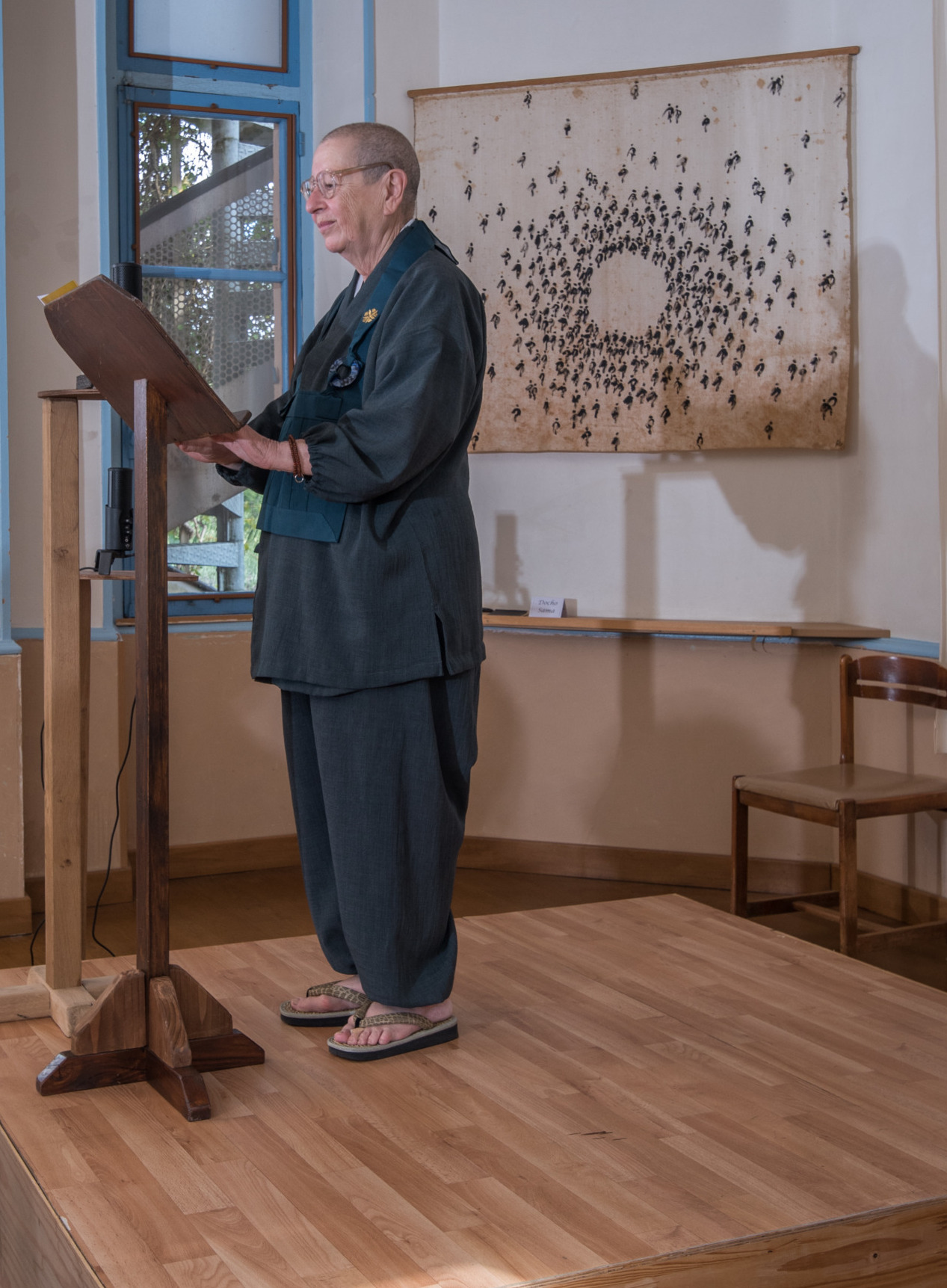
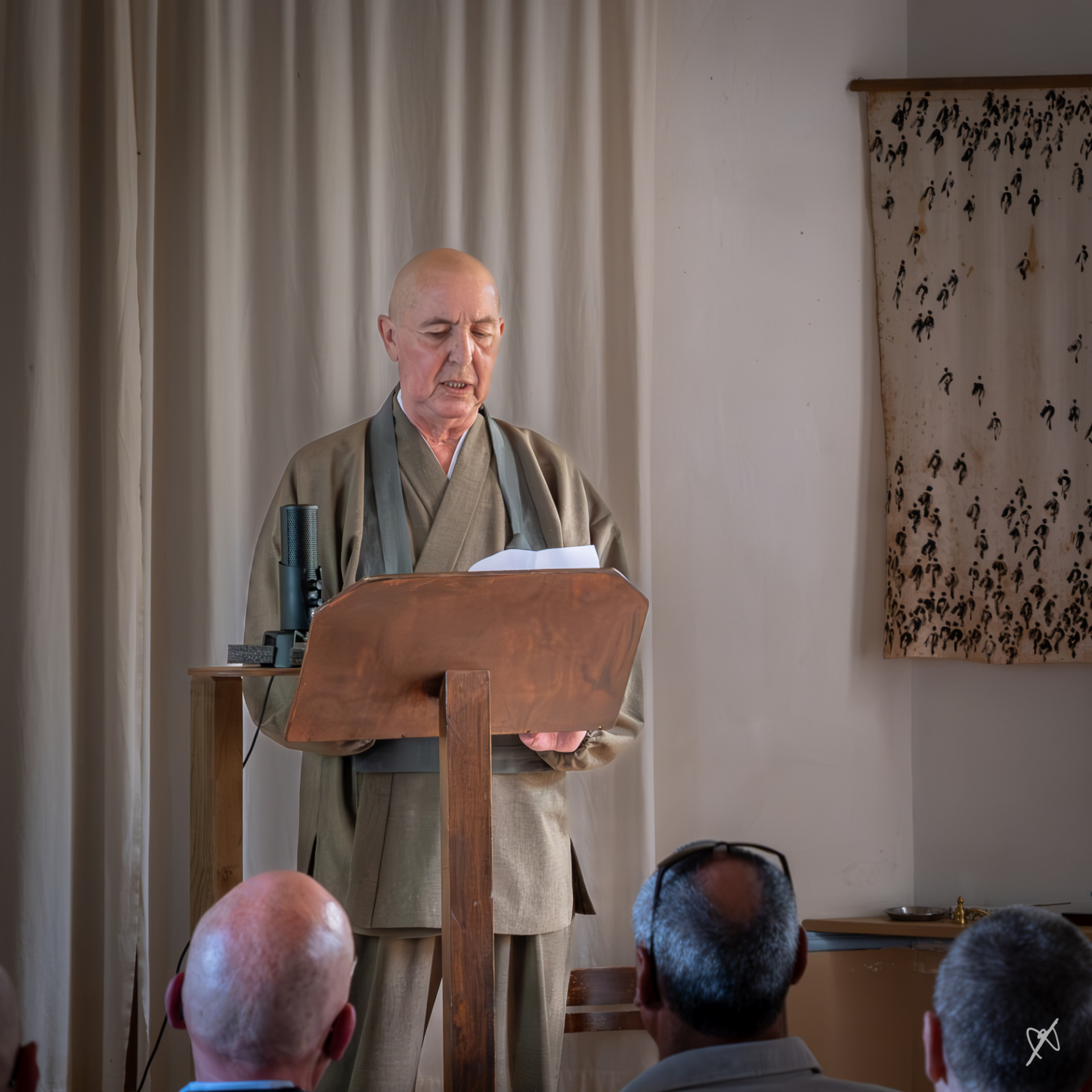
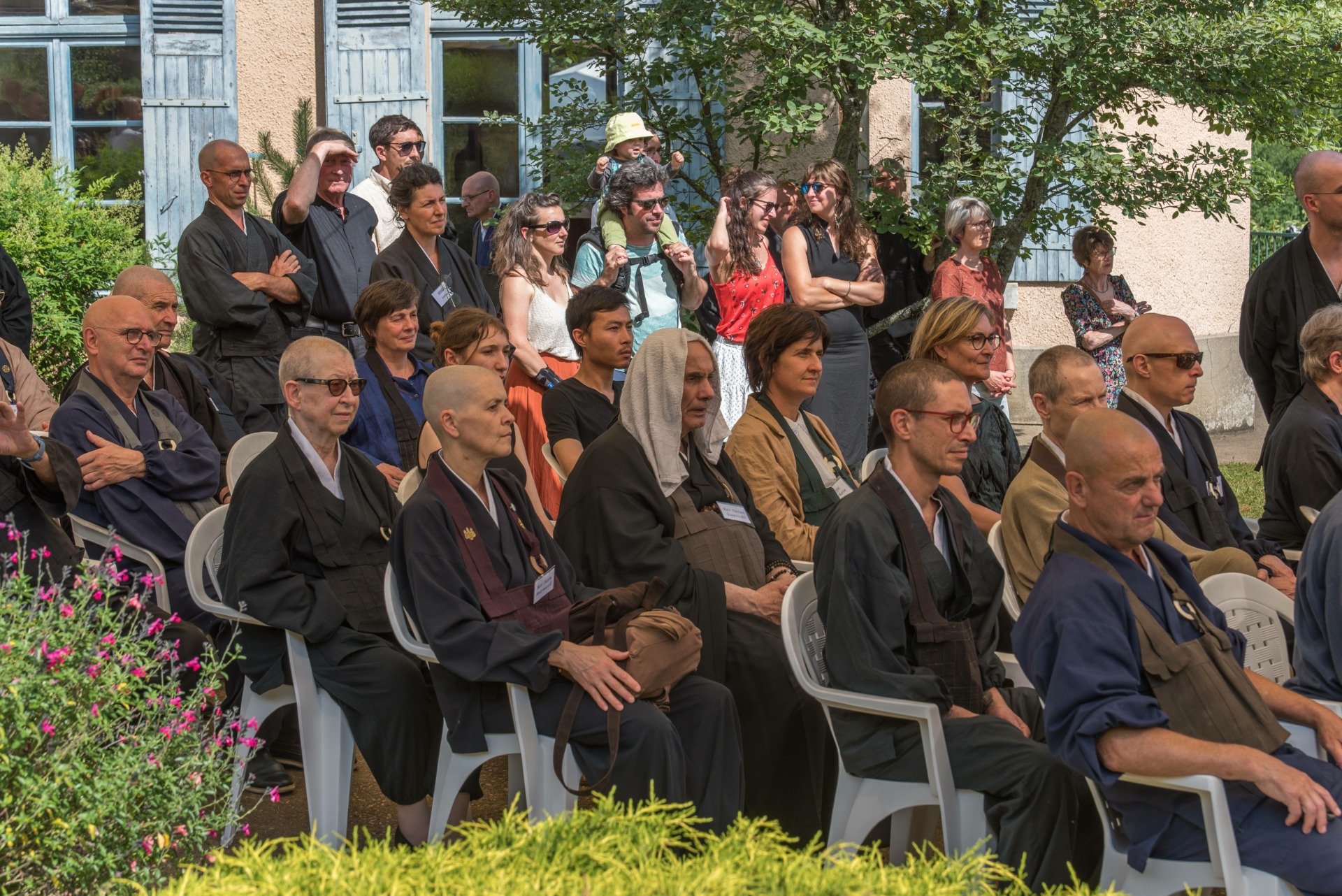
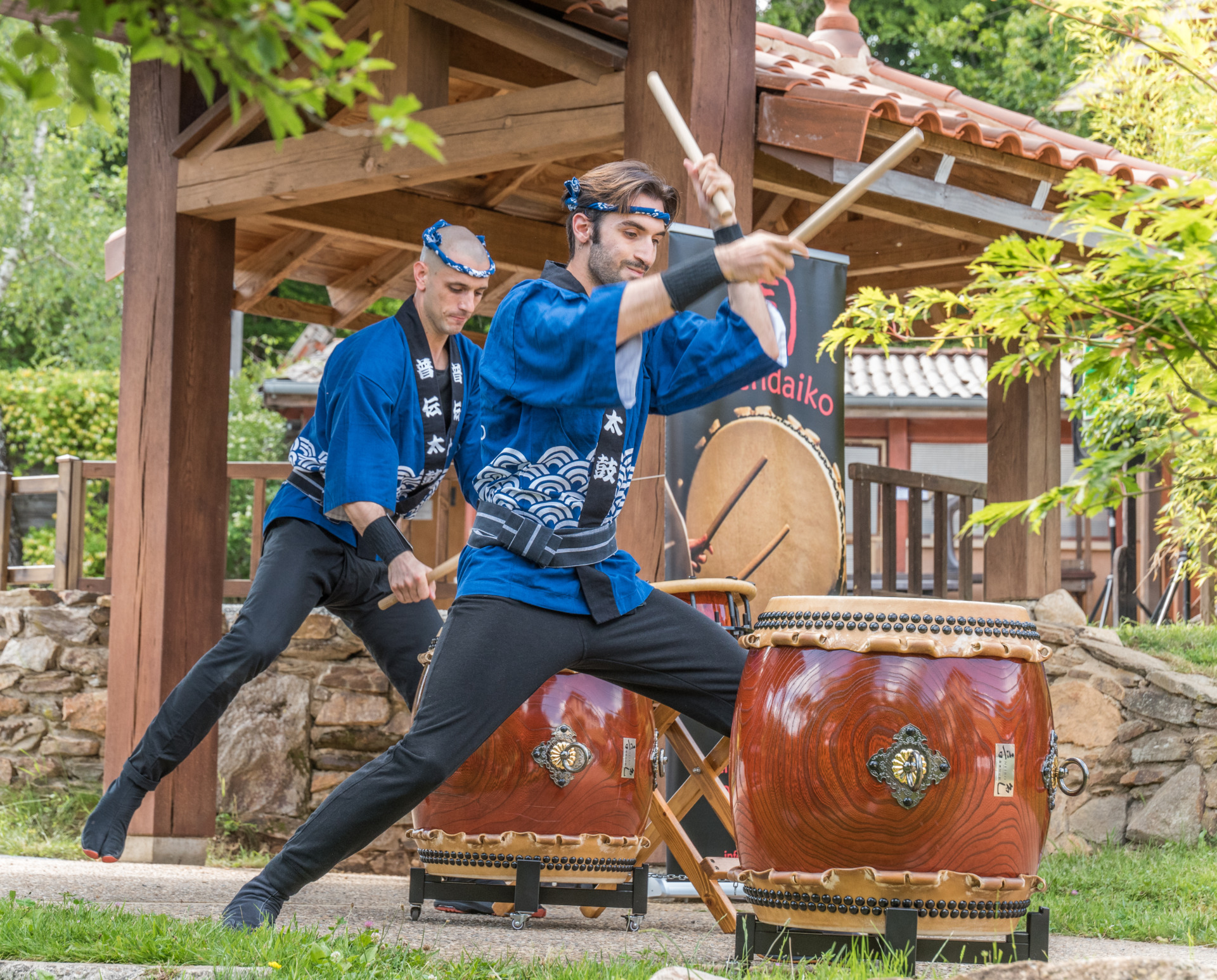
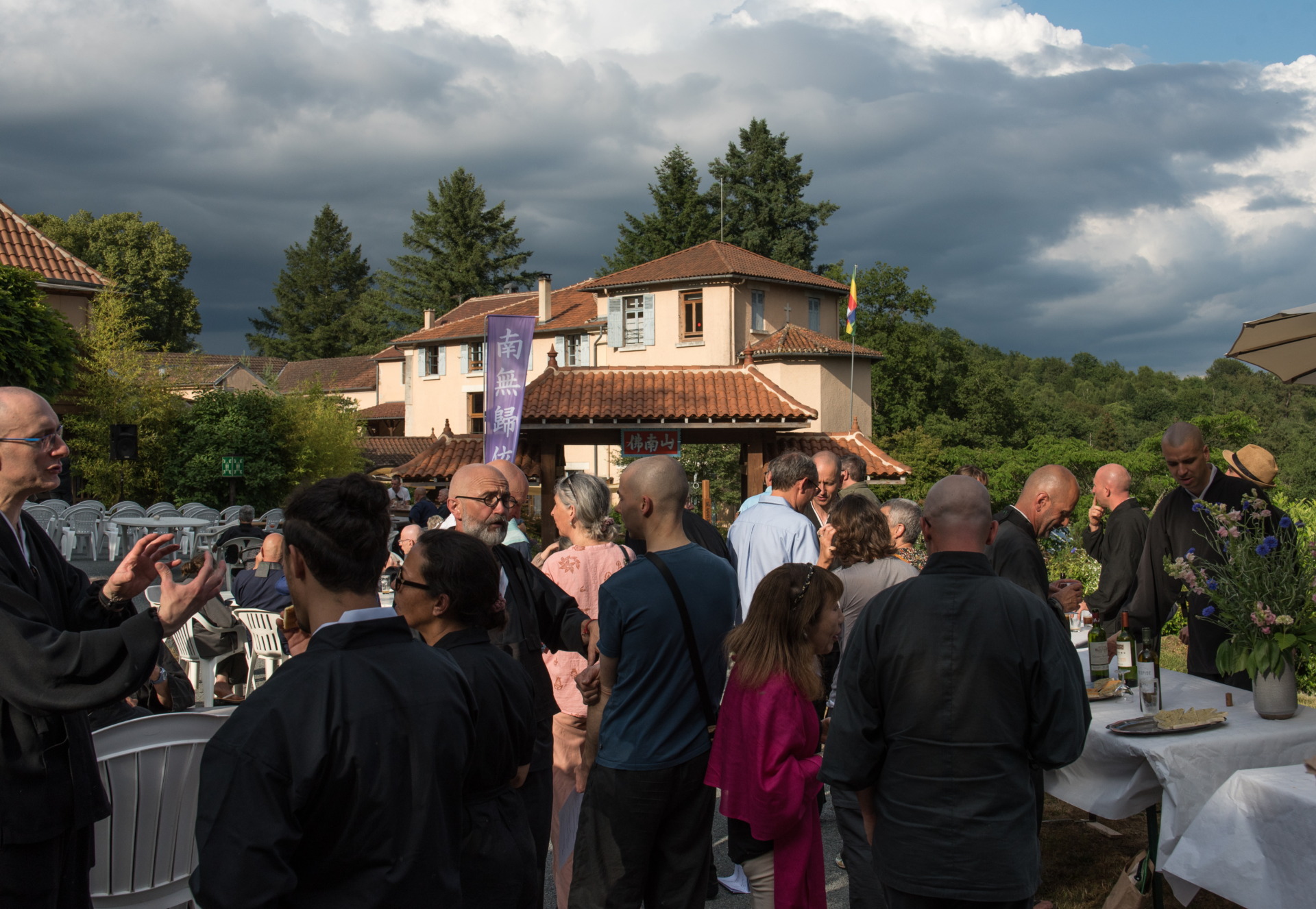
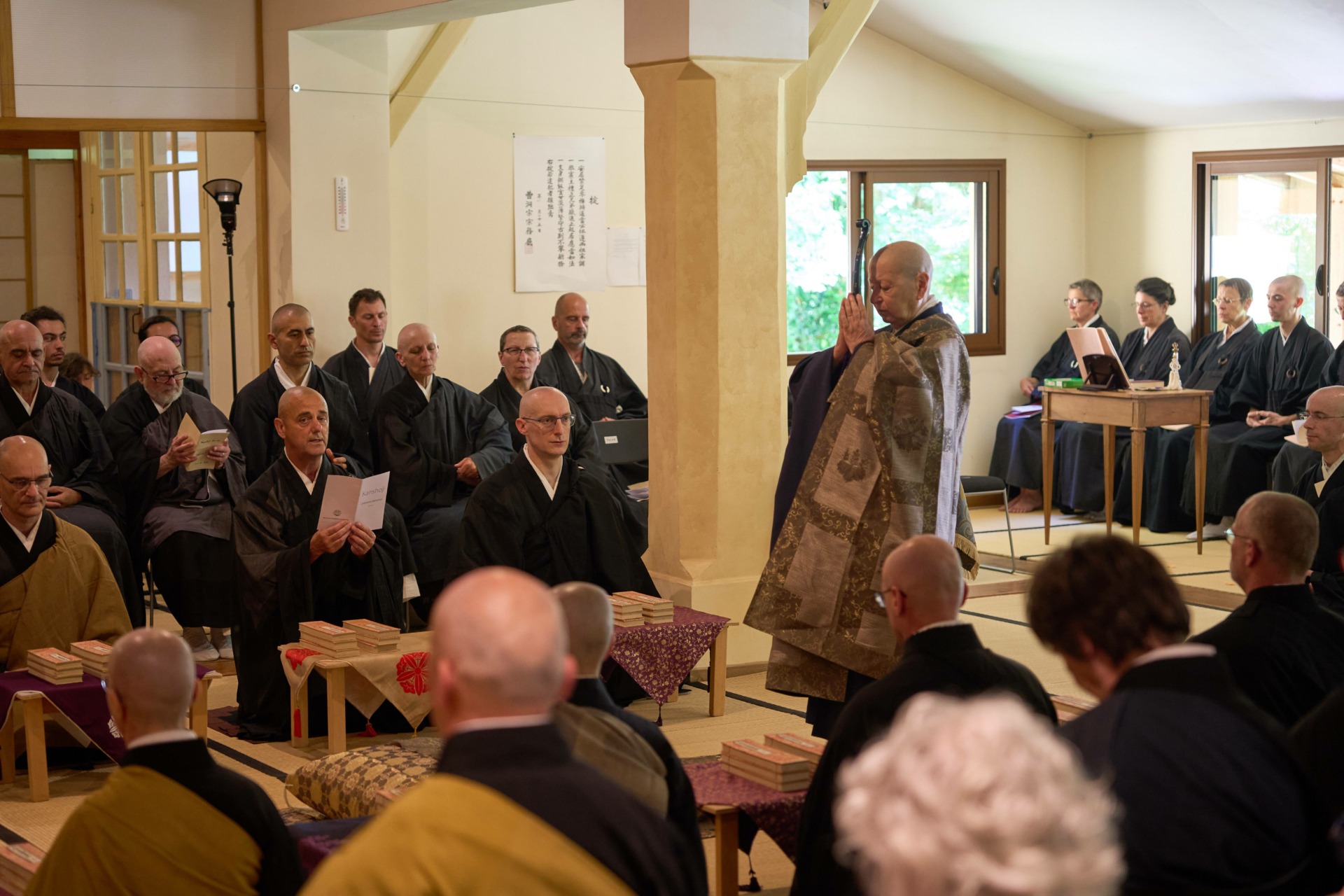
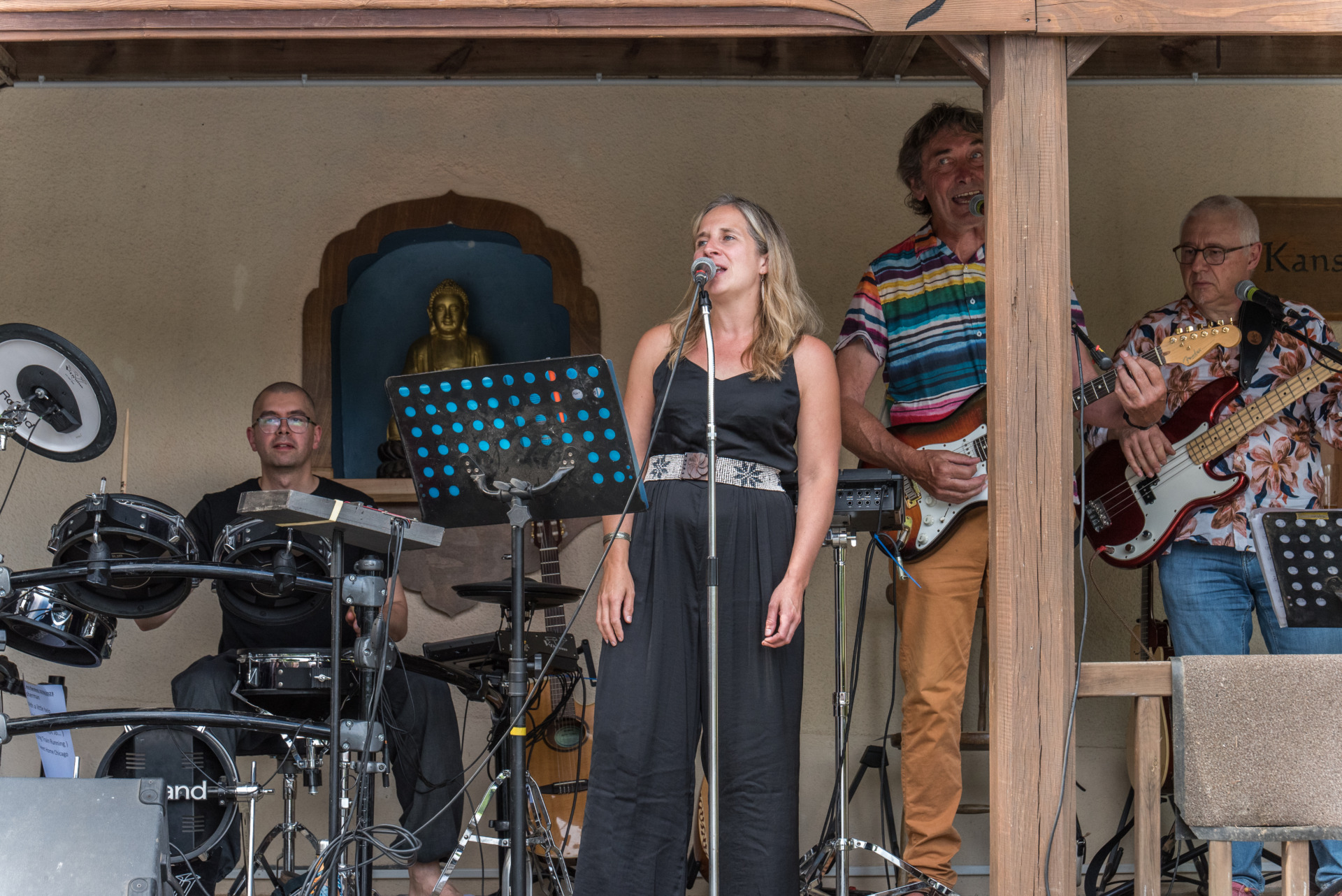
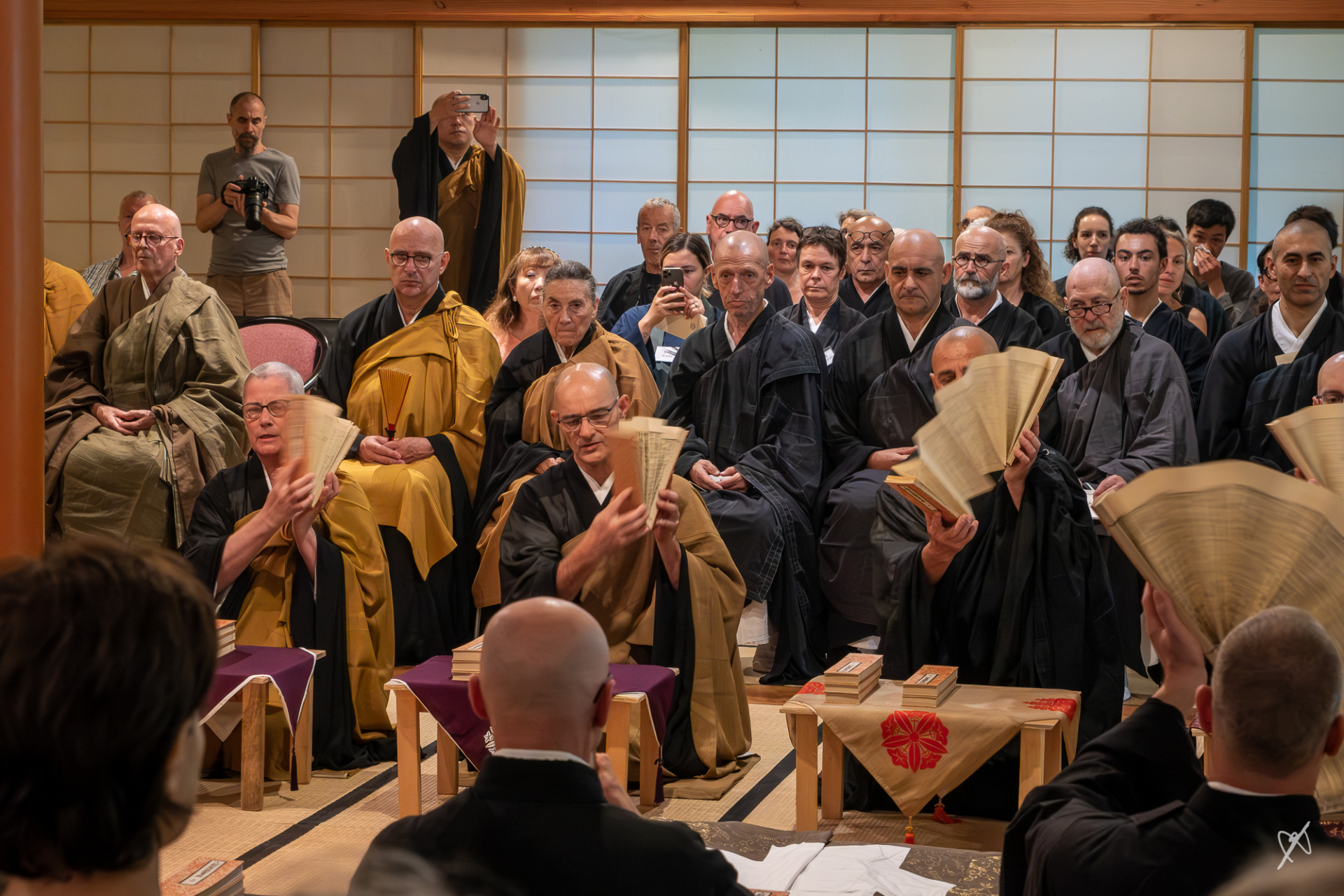
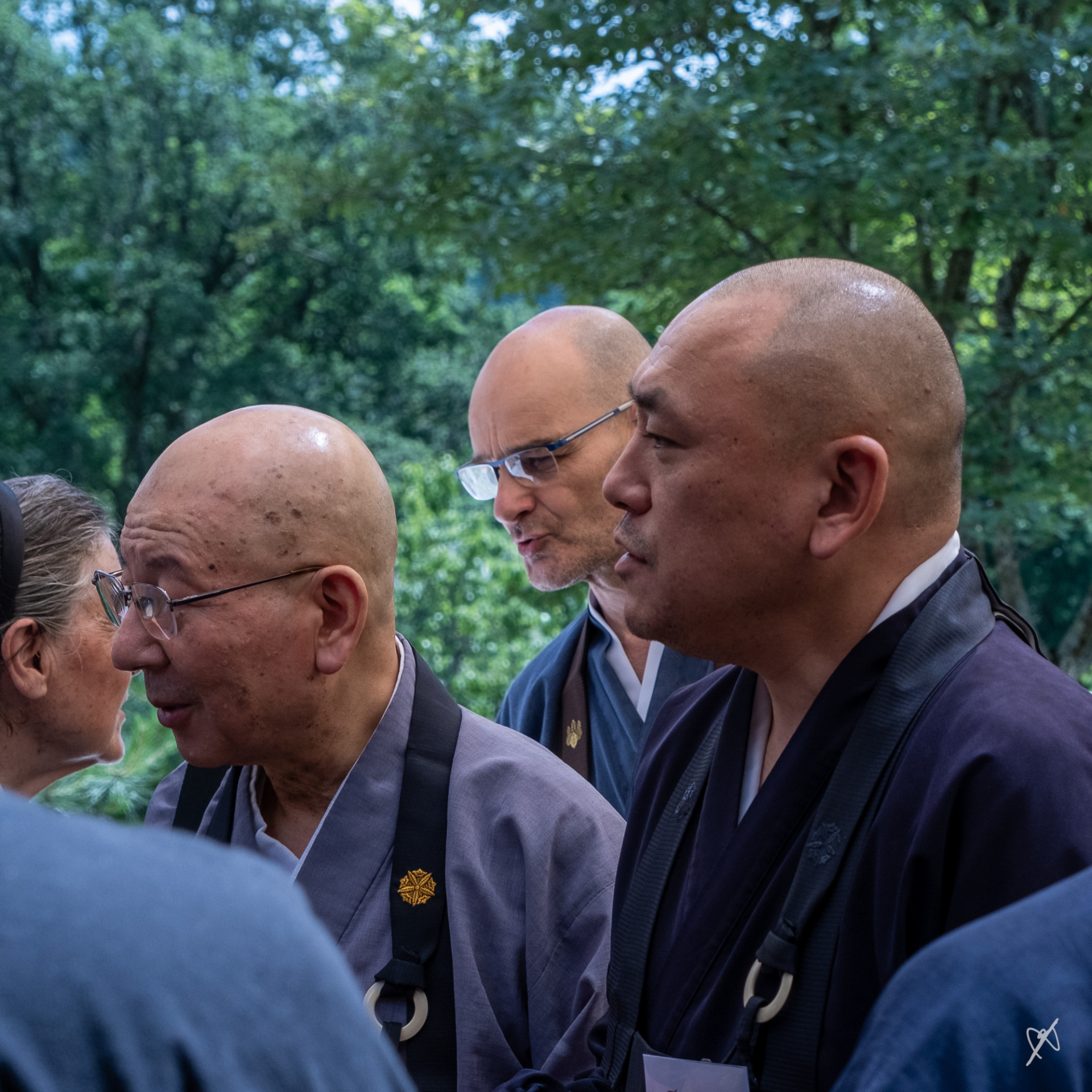
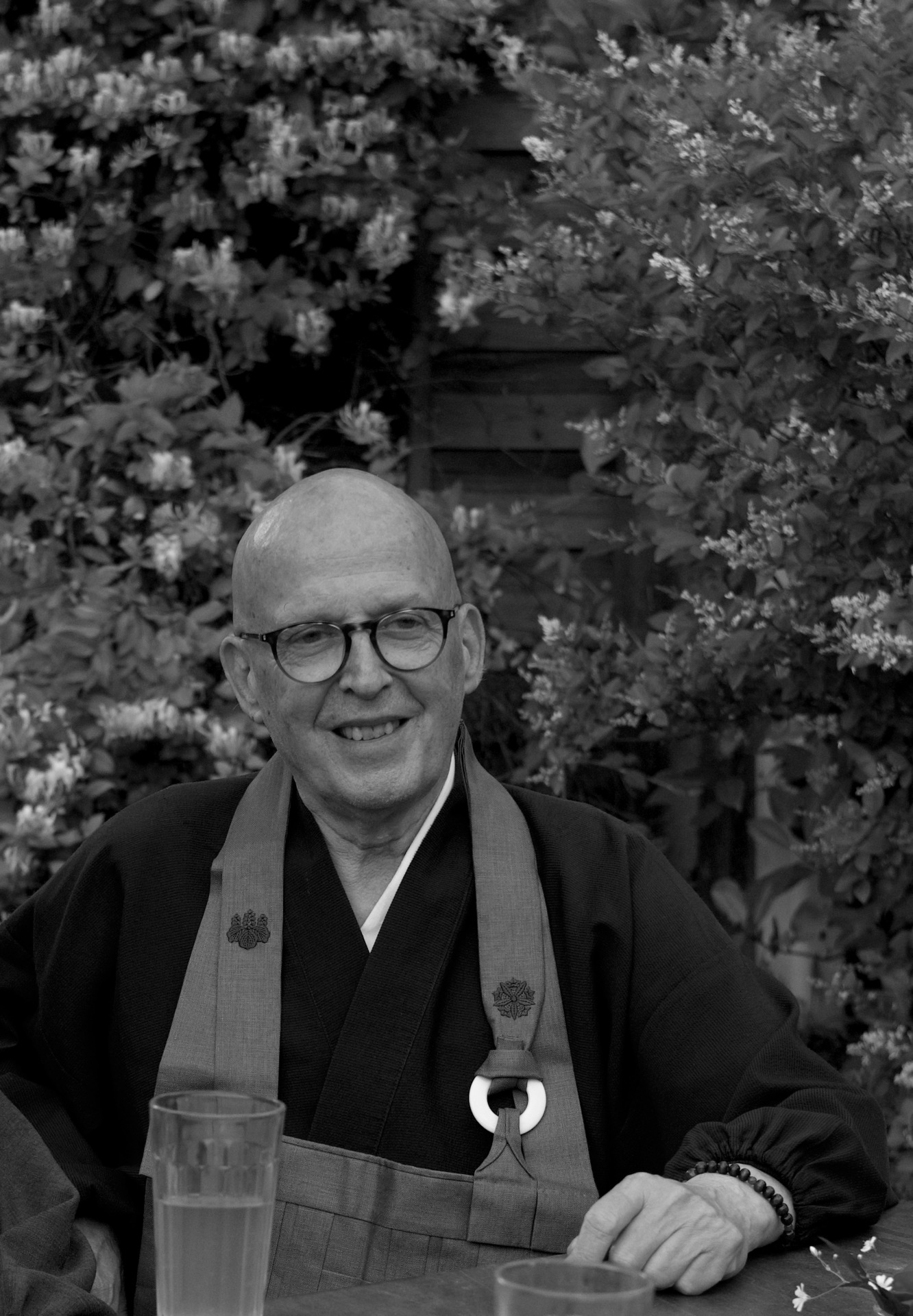
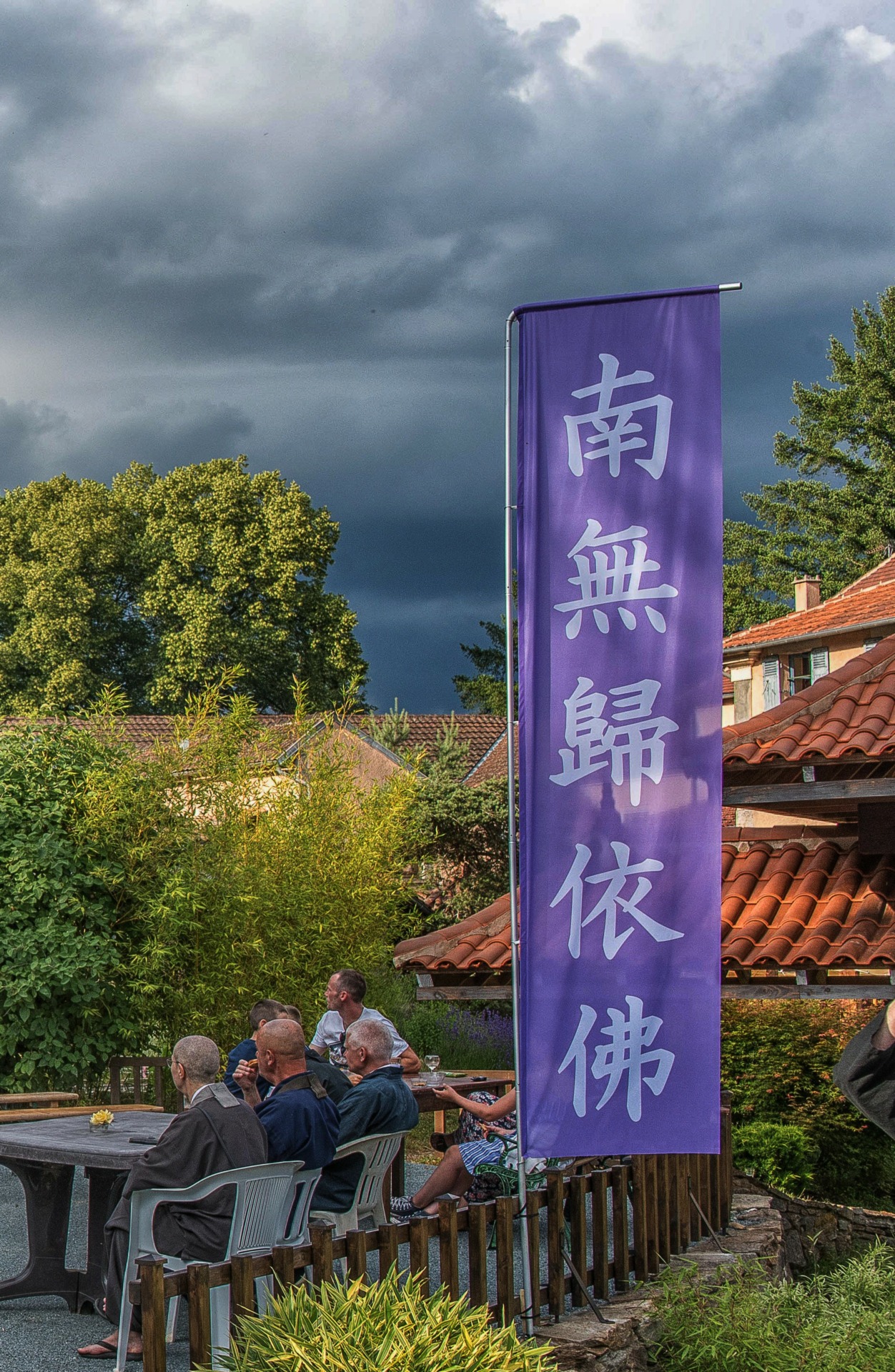
Leave a Reply
Want to join the discussion?Feel free to contribute!